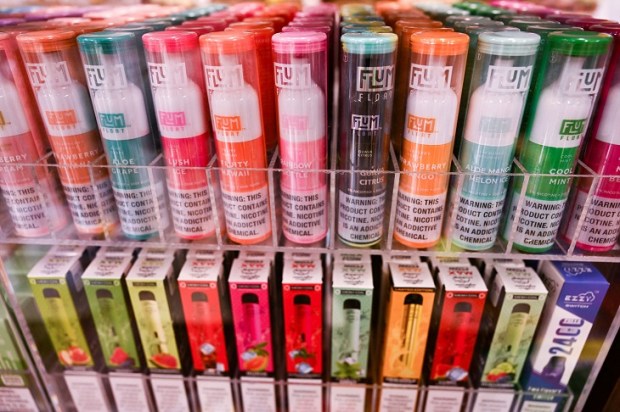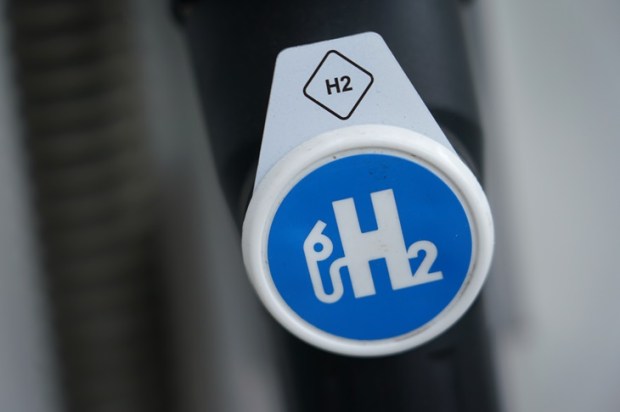The Australian public health industry is overpopulated with intellectual egotists – activists, academics, and bureaucrats who insist they know best for all of us, and brook no disagreement with their prescriptions for dealing with the vices and ills that beset our society.
As far as they are concerned, it’s their way or the highway.
Already a subscriber? Log in
Subscribe for just $2 a week
Try a month of The Spectator Australia absolutely free and without commitment. Not only that but – if you choose to continue – you’ll pay just $2 a week for your first year.
- Unlimited access to spectator.com.au and app
- The weekly edition on the Spectator Australia app
- Spectator podcasts and newsletters
- Full access to spectator.co.uk
Or

























Comments
Don't miss out
Join the conversation with other Spectator Australia readers. Subscribe to leave a comment.
SUBSCRIBEAlready a subscriber? Log in